Home
FAQ

Yes! These are, hands down, the most eco-friendly stickers on the market.
The stickers are made with 100% post-consumer waste materials, do not contain any plastic, and are compostable.
Stickers use Recycle Compatible Adhesive (RCA) which does not contain any plastic and is biodegradable.
The liner (sticker backing) is made with 100% post-consumer waste, does not contain any plastic, and is recyclable (put with paper).
The easiest, and recommended way of using 450YRS stickers, is to put them on single-use plastic items that you already own or have purchased. Then take pics, post to social media, and tag the corporation: Hey @corporation–we need better options! #450yrs.
Keep in mind that as a general rule, you do not have the right to put stickers on objects that do not belong to you and you could face consequences if you do.
Check out the project on Instagram or Facebook to see how others are participating in the project.
Yes, most plastic will last at least 450 years. The chemical bonds in plastic simply cannot be digested by organisms in nature so plastic will never biodegrade. It’d be like asking you to rip steel apart with your bare hands–it’s not gonna happen.
All plastic will eventually wind up in one of four places: landfill, incinerator, a recycling facility, or the ocean. Let’s explore each destination to see what percentage of plastic winds up there, as well as how long a typical plastic bottle would last in each destination.
75% chance plastic winds up in landfill
It is currently unknown how long it will take for plastic to disintegrate in landfill because landfills are designed to isolate their contents from external stimuli such as sunlight, wind, and rain. It is likely that under these conditions, plastic will take several centuries, and perhaps more than 1,000 years, to fully disintegrate into millions of microplastics. Given that timescale, the most likely fate of plastics in landfill is that they will eventually end up leeching their chemicals into the ground and water beneath them.
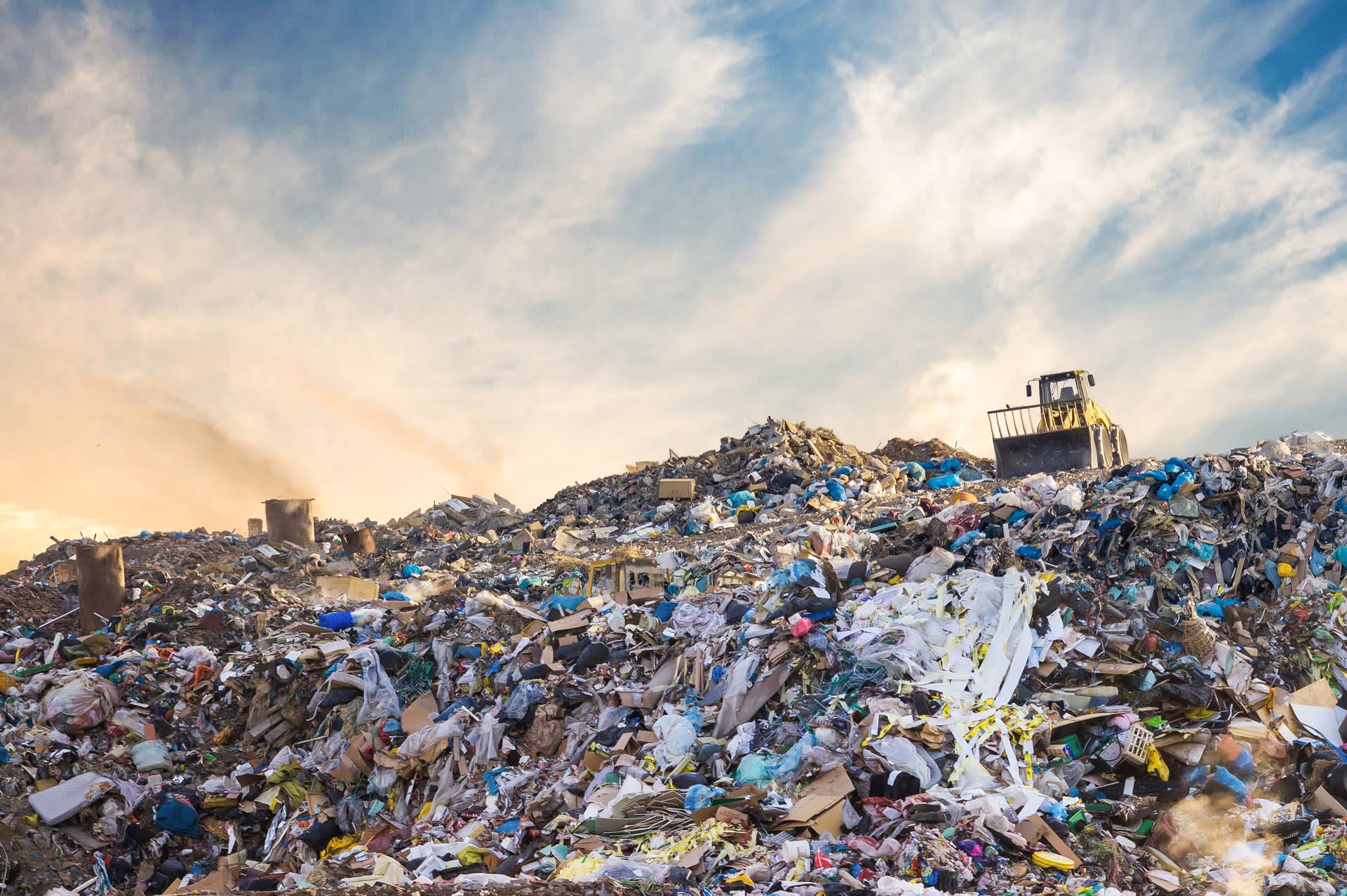
12% chance plastic is incinerated
Incinerators for plastics are not very common because they are typically extremely expensive to build and maintain. In addition, the proper disposal of the resulting toxic ash is costly and difficult .
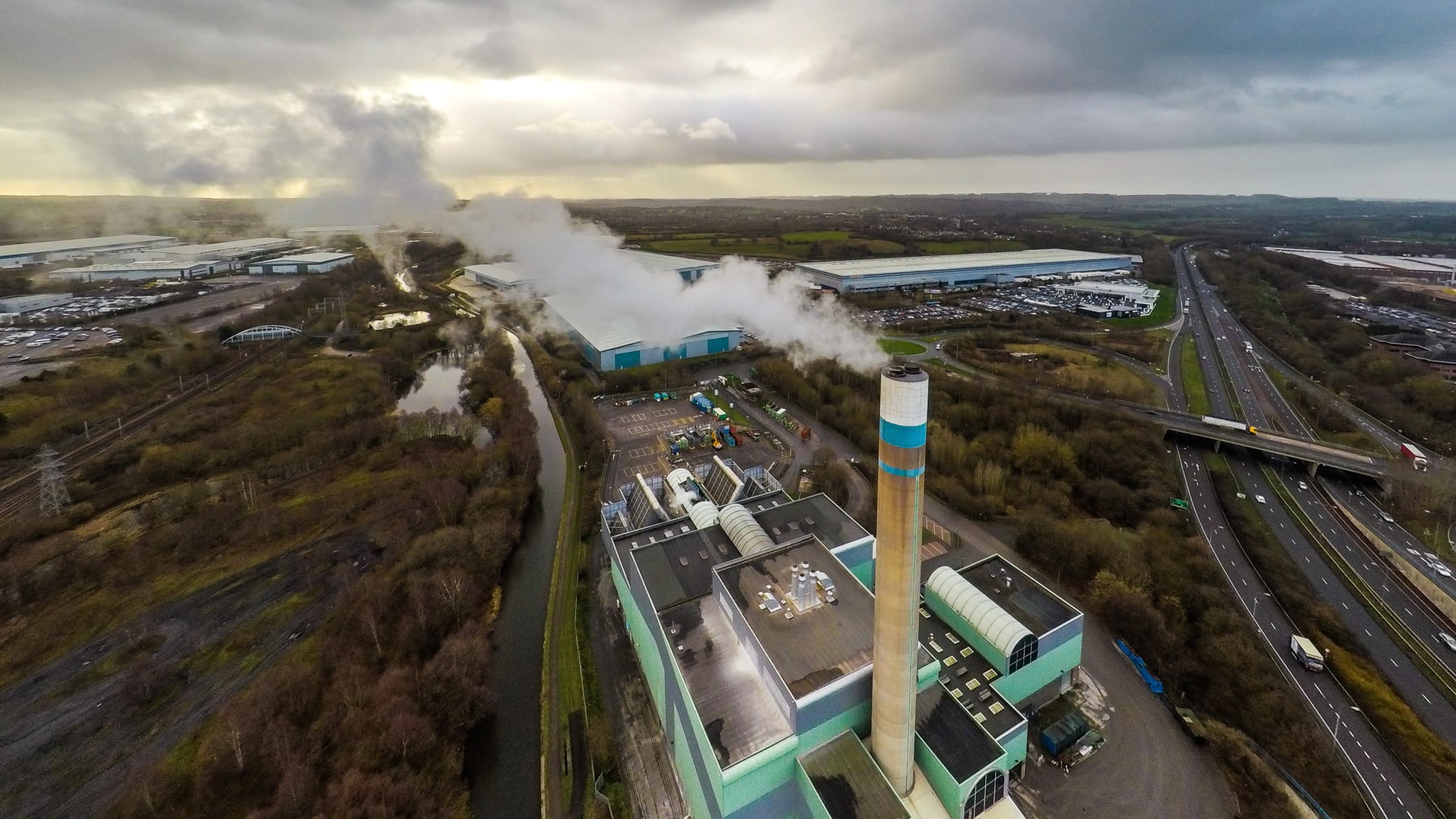
9% chance plastic ends up in a recycling facility
Even in this best-case scenario, it turns out that approximately 90% of the time, consumer plastic is mixed with too many additives, is inseparable from its labeling, or is just too dirty to be recycled into food-safe plastic again. Instead will most likely be “downcycled,” meaning it will be made into a cheaper, lower quality plastic item like a plastic bag, which will wind up in landfill the next time around.
Turns out there’s only a 0.18% chance our bottle will become another plastic bottle.* Yay?
Only 2% of the 9% all single-use plastic items that wind up in a recycling facility are “closed-loop” recycled, meaning they become what they were.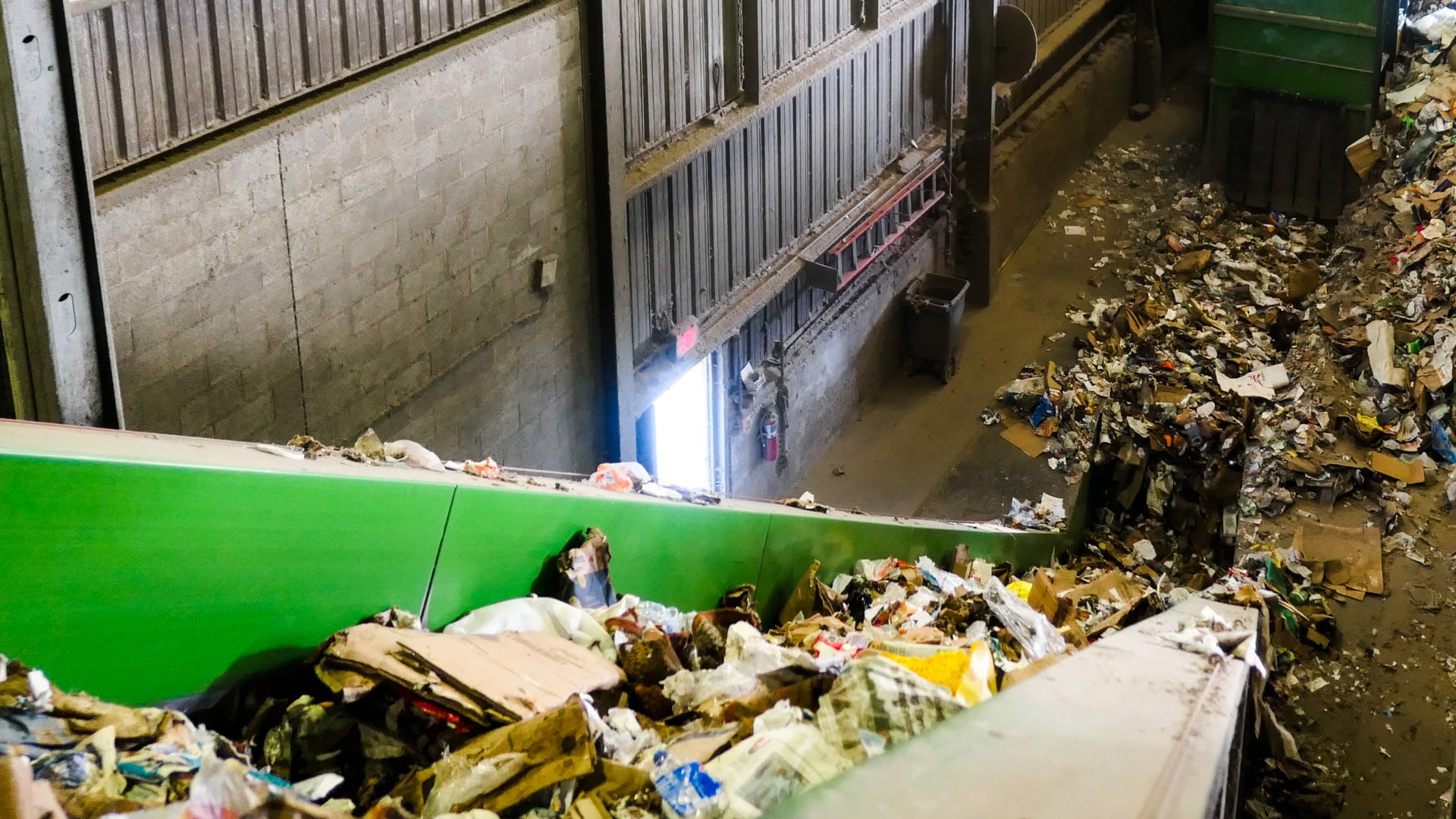
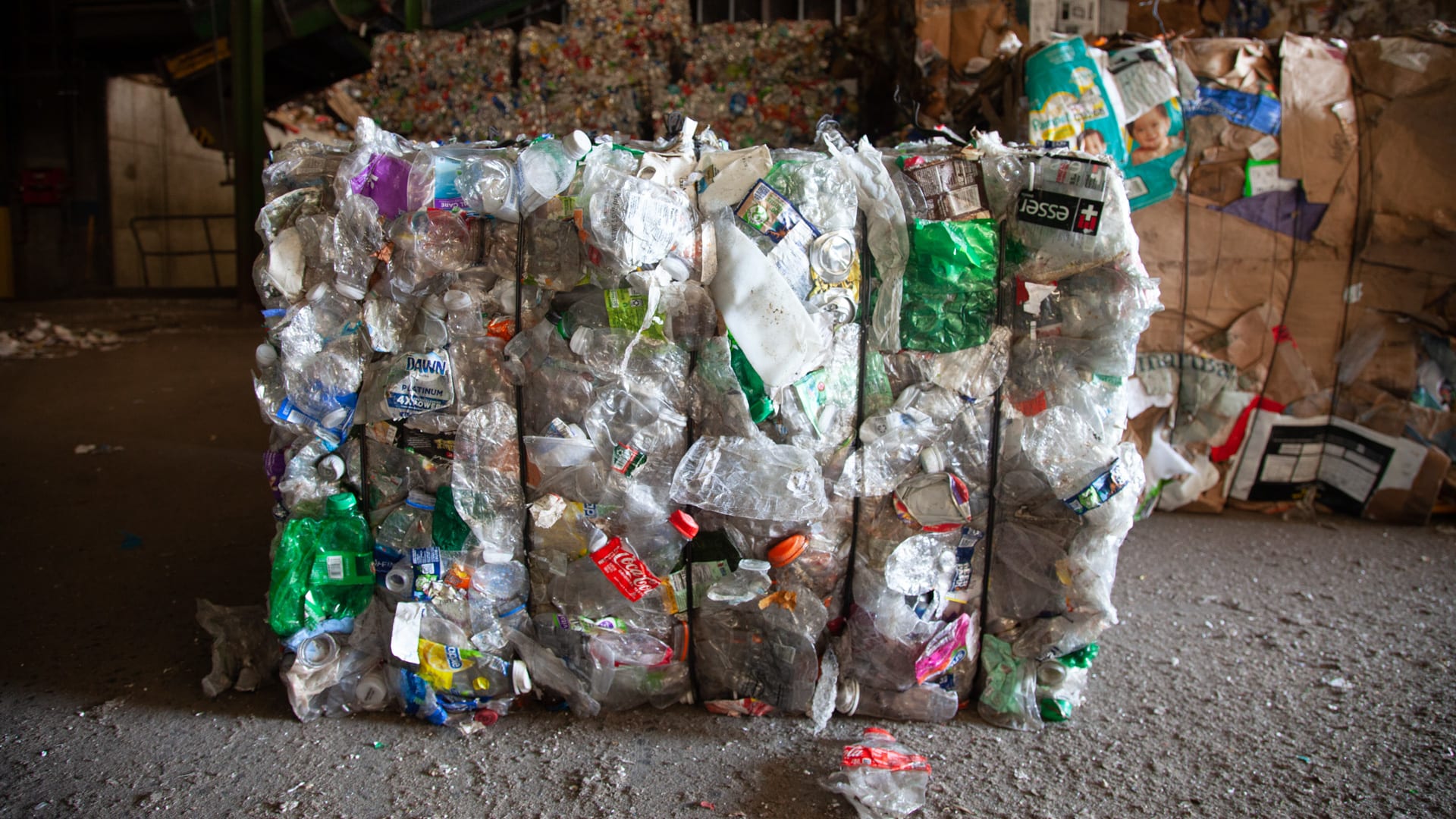
4% chance plastic will wind up in the ocean
In this case, UV rays will cause the plastic to slowly disintegrate into smaller and smaller pieces over time, eventually becoming microplastics. Under these circumstances, it is commonly thought that it will take around 450 years for a typical plastic bottle to fully disintegrate into millions of pieces of microplastic.
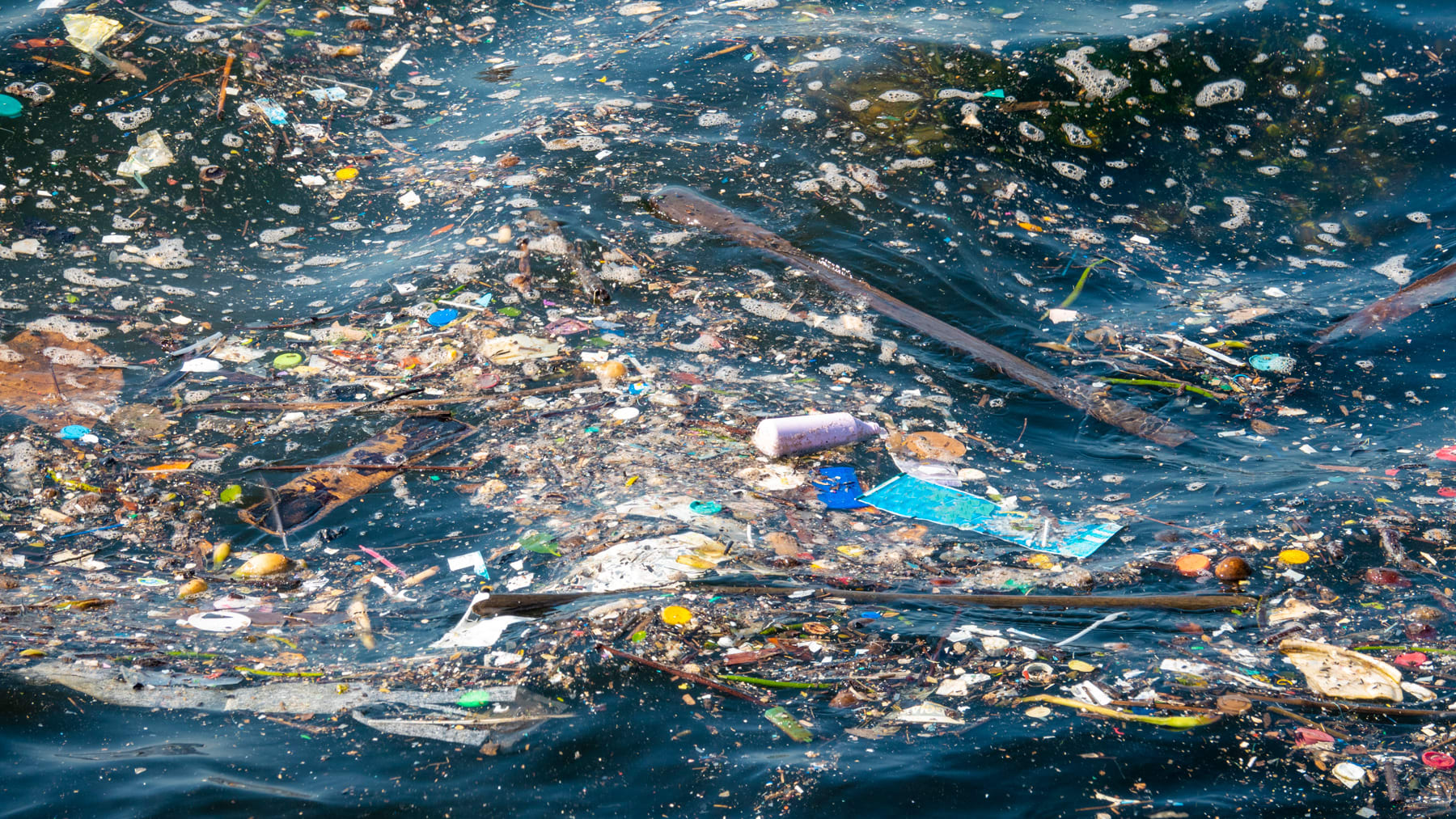
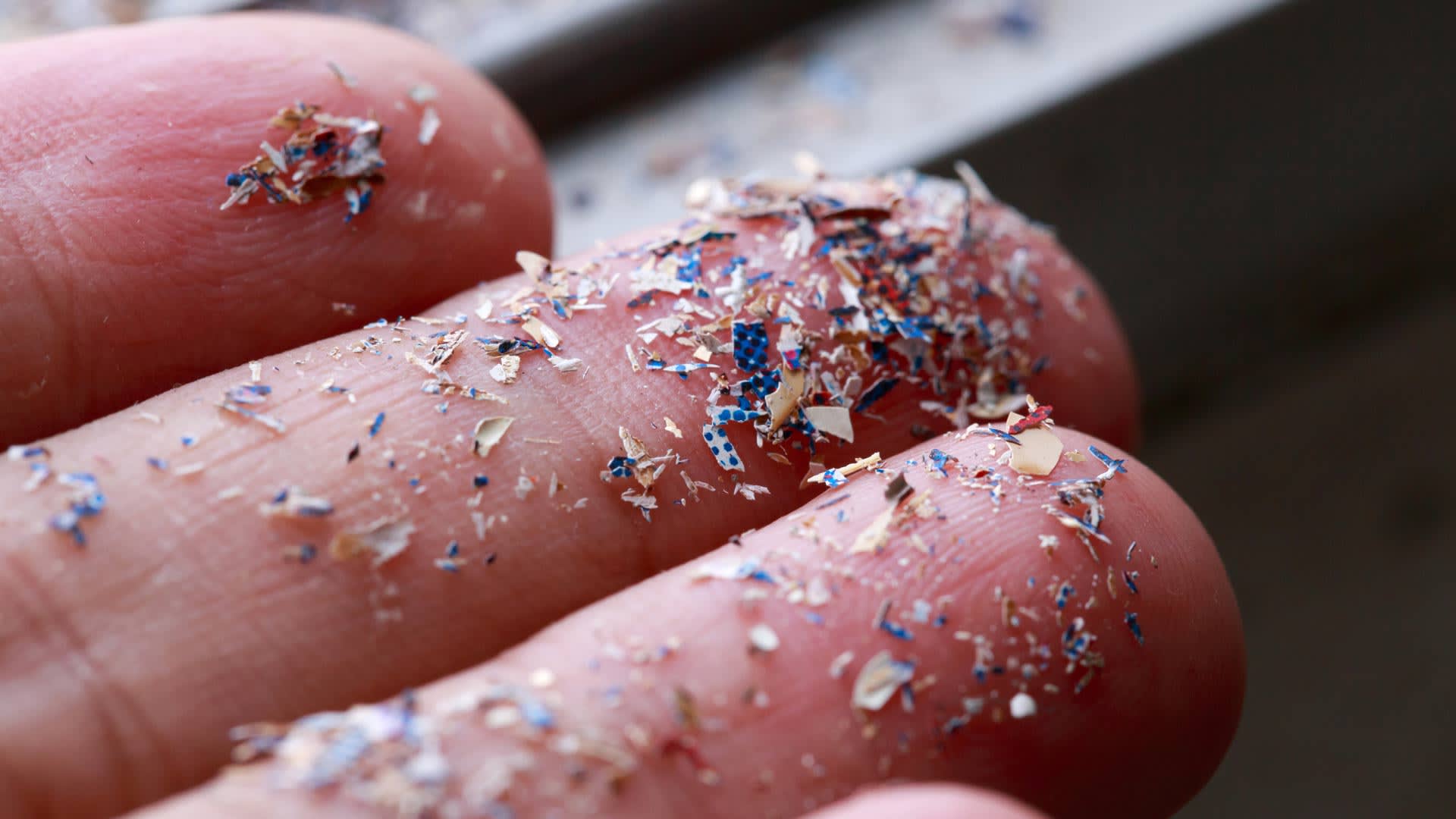
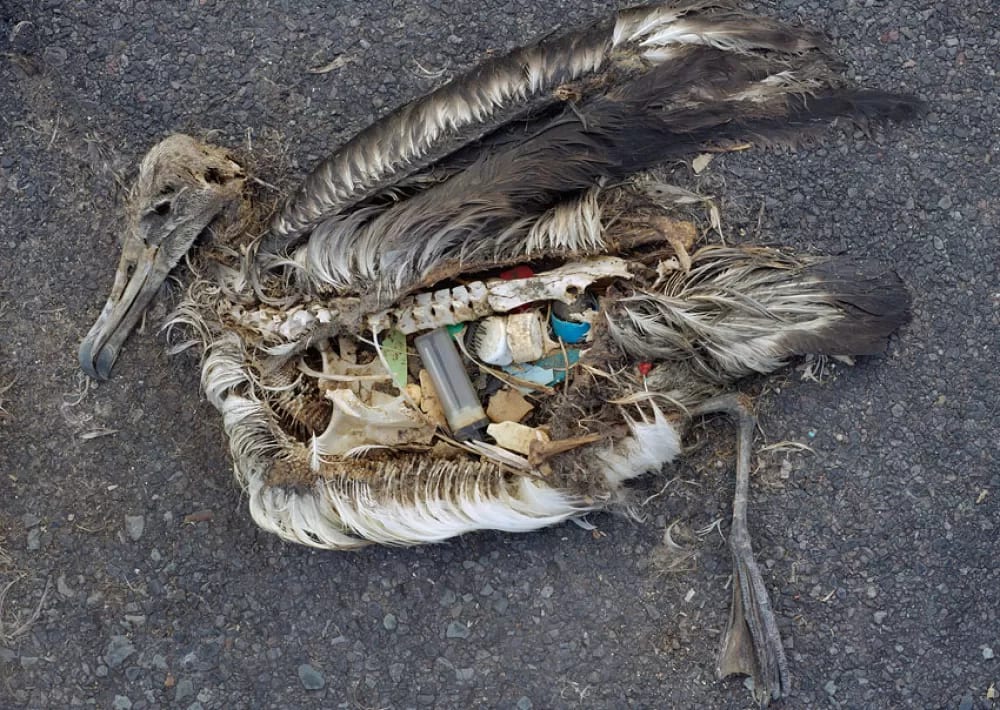
As you can see, arriving at one number for how long single-use plastic items will last is challenging. However, taking all these factors into account I believe it is fair and reasonably accurate to say that most single-use plastic will last for at least 450 years. See the information sources section for more detailed information.
.Approximately 75% goes back into this project in the form of:
- social media staff and advertising
- creating more stickers
- warehousing and distribution
- design services and production
Approximately 20% goes towards making sure Eric Corriel Studios, the independent, multidisciplinary art studio running this project, stays afloat:
- rent
- utilities
- materials
- equipment
- staff
- R&D for future projects
In an effort to systematically reduce replace plastic packaging, approximately 5% of proceeds will be donated to Beyond Plastics, whose mission it is to end plastic pollution by using deep policy and advocacy expertise to achieve the institutional, economic, and societal change.
Yes! Checkout the instructions here.
Yes! Long story short, plastics never biodegrade simply because there aren’t any organisms that can break down the extremely strong chemical bonds used to create plastic. Instead, most plastics just keep breaking down into smaller and smaller pieces (microplastics) that end up killing animals and wind up in our bloodstream. Here are two good videos that explain it.
Unfortunately not. Turns out it’s a lot easier to sell the myth of recycling than to actually recycle used, dirty, colored plastic that often contains many different kinds of labels, adhesives, and additives.
Of all the plastic you throw into the recycling bin less than 2% is fit to be turned back into what it was (often called “closed loop recycling”) because a) it turns out to be extremely difficult and expensive to make food-safe plastic from used plastic, and b) most plastic is actually “downcycled,” meaning it is turned into lower quality plastic items (like plastic bags), which cannot be recycled further. Here’s a good video that explains it:
These stickers are the most eco-friendly stickers on the market and, for better or worse, that entails additional costs.
Each sticker is made with 100% post-consumer waste materials, doesn’t not contain any plastic, and is compostable. Even the sticker backing is recyclable (just put with paper). Any product that is “zero waste” will be more expensive than its plastic counterpart, but the artist believes that cost is outweighed by the fact that these stickers will not add to the waste stream.
As a side note, most companies set aside exactly $0.00 for the proper disposal of their products. Instead, the disposal tab is picked up by either us (for taking the time to try to properly recycle the thing), the municipality (for creating the infrastructure to recycle the thing), and when those two things fail, the environment, which absorbs the lion's share of all disposal costs.
Part of the solution will be a long process of a) getting companies to be more honest about the environmental costs of their products, and b) ingraining new habits in consumers to pay more for waste-free or reduced-waste products.
No! Let me say that again–no, no, no!
I feel strongly that consumers should not be made to feel guilty for buying plastic because, we don’t have a choice in how products are packaged!
The plastics industry has–very successfully–spent millions convincing gas-lighting consumers that we are responsible for the plastic waste on the planet.
We are not responsible.
Companies that routinely prioritize milking every cent from every point in the production and distribution pipeline are responsible.
Companies that routinely choose the cheapest packaging option when better, albeit more expensive options exist, are responsible.
A plastics industry that spends millions to project an image that recycling works for all plastic, is responsible.
But no, dear participant, you, standing in a supermarket aisle surrounded in all directions by plastic packaging, are not responsible. All the important decisions were made long before you got there. And don’t let anyone tell you otherwise.
1) This may sound lame but it is nonetheless true: calling attention to a problem is the first part of fixing anything. This is an absolutely necessary part of every successful social movement, and typically the more creative and eye-catching the calling out part is, the more people will start caring about the problem part, which increases the chances of actually arriving at a solution.
2) More ecologically-friendly packaging solutions exist, they just require a mix of will power and innovative thinking (here’s a good example of how it can be done). Combine this with the fact that companies respond to social pressure and this is a social pressure campaign. Many companies want to do the right thing, they just need to be pushed into doing so. Each sticker, especially when captured in a social media post in which the company is tagged, becomes part of that push.
3) I will be donating roughly 5% of the proceeds generated by this project to Beyond Plastics, whose mission it is to end plastic pollution by using deep policy and advocacy expertise to achieve the institutional, economic, and societal change.
Scientific Articles
- Science Advances, Vol. 3, No. 7: Production, use, and fate of all plastics ever made
- The most comprehensive study I could find on the global totality of single-use plastic distribution: 79% winds up in the environment, 12% is incinerated, 9% is recycled with only 2% of the 9% being close-loop recycled (0.18% of total single-use plastic). This study has three authors, the first two of whom are Roland Geyer from the Bren School of Environmental Science and Management at the University of California, Santa Barbara; and Jenna R. Jambeck,College of Engineering, University of Georgia.
- Science, Vol. 347, No. 6223: Plastic waste inputs from land into the ocean
- The best study I could find that attempts to measure the quantity of plastic debris that, either through poor waste management, accident, or illegal dumping, winds up in the ocean. The study concludes that 1.7 to 4.6% of total plastic waste winds up in the ocean. I choose 4% for this project because the study, conducted in 2015, suggests that the percentage has been steadily increasing over time. The study has eight authors, the first two of which are: Jenna R. Jambeck,College of Engineering, University of Georgia; and Roland Geyer from the Bren School of Environmental Science and Management at the University of California, Santa Barbara.
- Sciences Advances, Vol. 6, No. 44: The United States’ contribution of plastic waste to land and ocean
- Quick summary: the United States generates the largest amount of plastic waste of any country in the world (42 million metric tons). The study found that while the rate of mismanaged waste in the U.S. is probably relatively low at no more than 3%, more than 88% of our waste is exported to other countries where at least 20% is likely mismanaged. Mismanaged waste takes the form of open dumping and open burning of waste. The study has six authors, the first two of whom are: Kara Lavender Law, Sea Education Association, Woods Hole, MA and Natalie Starr, DSM Environmental Services, Windsor, VT, USA.
Popular Science Articles
- The Atlantic: Plastic Recycling Doesn’t Work and Will Never Work
- Gets down and dirty with the complexity of recycling most plastic consumer goods, which often consist of so many different materials and types of plastics that, for all intents and purposes, they act as a knot of materials that is impossible to unravel and hence, not recyclable.
- National Geographic: A whopping 91% of plastic isn't recycled
- Confirming the fundamental statement of this project, Laura Parker from National Geographic writes, “Plastic takes more than 400 years to degrade.”
- Our World In Data: Plastic Pollution
- The most visually interactive display of the plastic pollution problem; great for visual learners.
Books
- Can I Recycle This?
- The most definitive guide I’ve found on what is and isn’t recyclable and why. Highly recommend as an accessible guide as to how recycling does (and doesn’t) work.
Videos
- The Story of Plastic
- This is the video I send to people who, naively or not, don’t think plastic waste is a problem. I like it for three reasons: 1) the animated format makes it very accessible, 2) it lays out decent baseline statistics about where plastic waste winds up, and 3) it introduces the notion of “downcycling,” which is the idea that most of our plastic actually just gets recycled once into an inferior product (like plastic bags) before winding up in landfill.
- The Story of Stuff
- The Story of Stuff is a classic and another great place to start. One of the stats that stood out to me was the fact that the U.S. is 5% percent of the world’s population but it uses 30% of the world’s resources and creates 30% of the world’s waste. Yikes.
- Last Week Tonight with John Oliver: Plastics
- If you can spare 22 minutes, few people can breakdown a complex issue in an interesting and engaging way like John Oliver. The “wishcycling” piece is priceless and that‘s definitely a term that should be part of our collective vocabulary. He also does a great job of explaining the “recycling” numbers and how anything other than 1 and 2 do not get recycled because there simply isn’t a market for them. Thanks John!
- Plastic Recycling is an Actual Scam
- This may as well be the 8 minute version of John Oliver‘s piece, delivered with more spunk and attitude. If you thought the plastics industry had nothing to do with getting us to believe recycling was the solution, well, think again.
- PBS NewsHour: Interview with Jennie Romer
- Great quick interview with Jennie Romer, author of “Can I Recycle This?” This is a great mini-introduction into the market behind recycled material, which is what actually determines what gets recycled. Short answer: if there‘s a market for a certain type of plastic (type 1 and type 2), it will most likely get recycled. If there isn‘t (types 3–7), it won‘t.
Documentaries
- Trashed, with Jeremy Irons
- If there was one documentary I would recommend that touches on all parts of the plastic pollution problem it would be Trashed, with Jeremy Irons. Go on a tour around the world and get visuals of all the places plastic waste winds up: landfill in Yorkshire, England; incinerator in Iceland, and the oceans and rivers around Indonesia–and who better to go on this tour with than Jeremy Irons! Rent it on Vimeo.
- A Plastic Ocean
- A Plastic Ocean takes a gut-wrenching deep dive into the negative effects plastic waste has on our oceans and marine life that lives in them. The scenes of showing the undigested plastic contents lining the stomachs of animals are difficult, but necessary, to see. Rent on YouTube here.